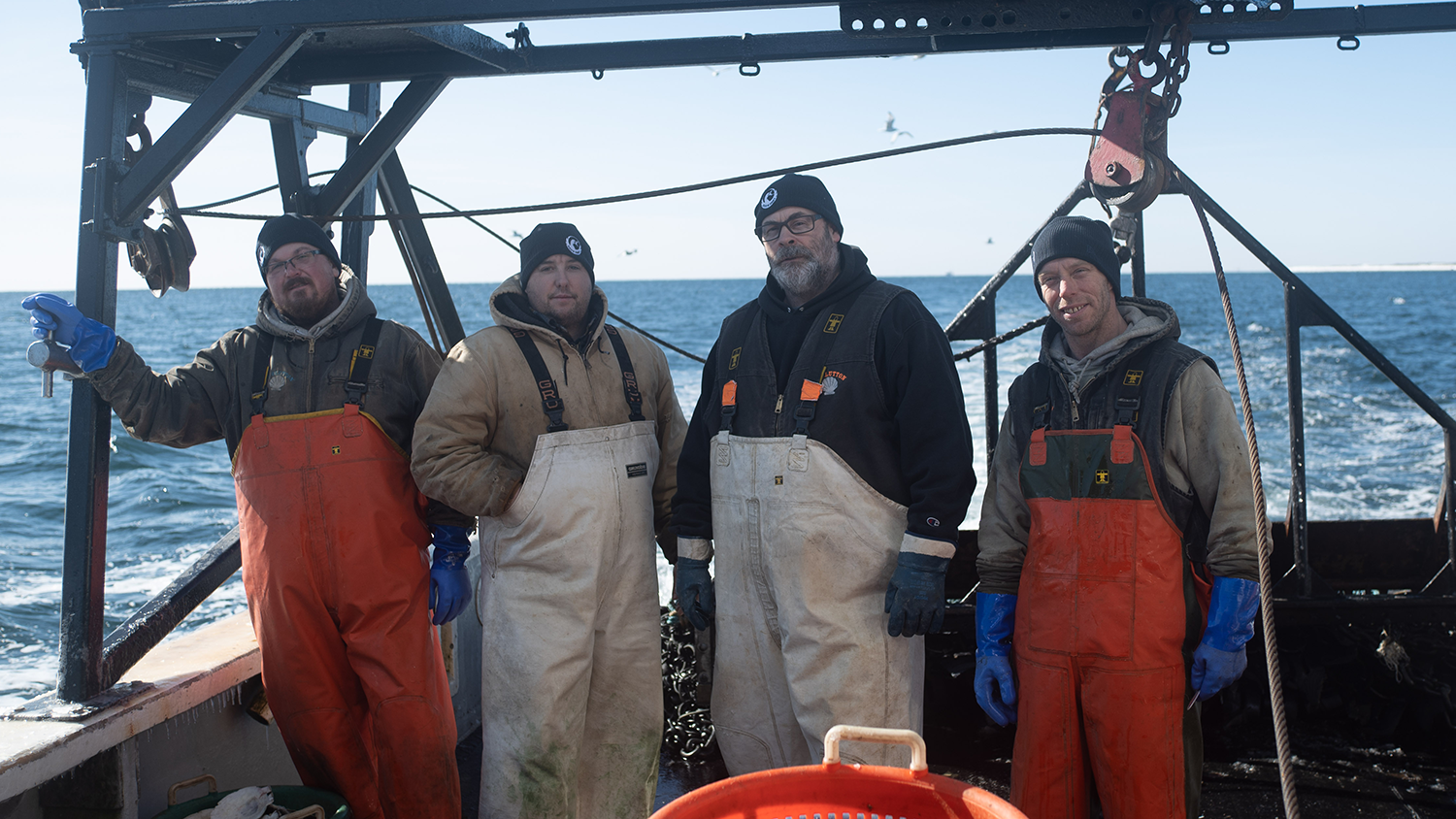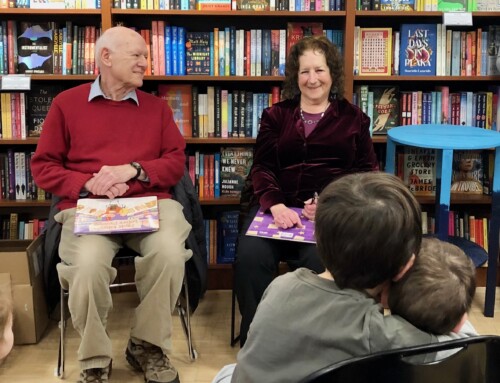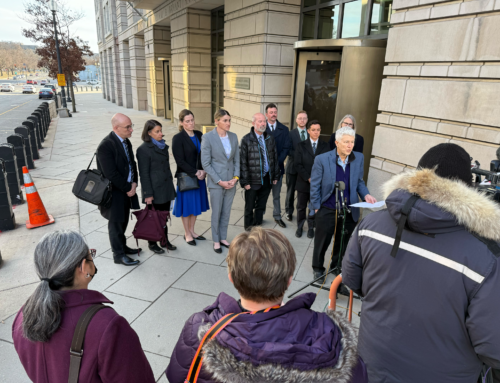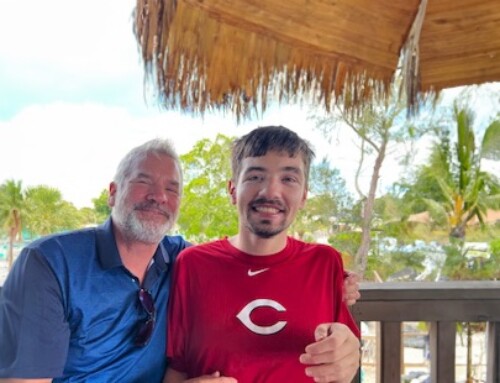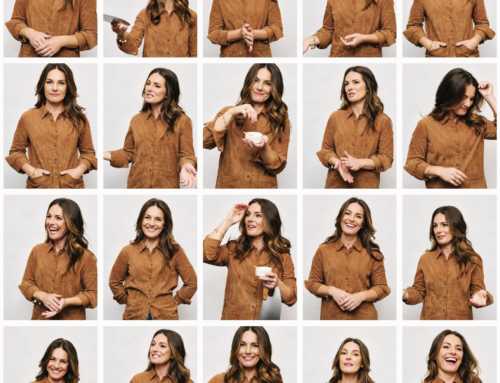Connecting local fishing communities with consumers.
Red’s Best CEO Jared Auerbach’s commitment to the environment and sustainable fishing are what has allowed his company to grow its local roots into a global market.
Yet it was hearing Jared’s childhood memories of fishing local waters that brought it all home for me.
With daughters outnumbering sons in my family, I grew up fishing with my father, who liked lakes and coastal waters. What we caught often ended up on our table, which was as sustainable as you could get in the 1970s.
In the springtime, it wasn’t unusual for me and my dad to head out for early morning fishing trips before the school bell rang. It was the tranquility encased in those pre-dawn moments that carried me through my day.
The sun would rise, the fish would bite, and we would be lulled by the undulating waves that gently rocked our boat.
But reality always bit back and we would rush home so I could toss off my fishing gear, dress for school and make it to class on time… with only a hint of the morning’s fishing expedition still clinging in the air.
Tell us the story of Red’s Best … and let’s start with the name.
Auerbach: I have loved fishing and the idea of catching fish to share with my friends and family since as long as I can remember. As a little boy I was obsessed with it. However, I did not grow up in a fishing family and was 10 miles from the ocean, which felt like a long way. I fished the local lakes and streams growing up but was always determined to find a way to get out on the ocean. Immediately after graduating college I drove to Washington State and got on a commercial salmon boat heading for Alaska and have never looked back.
Red’s Best was created as a platform to connect local fishing communities with consumers. We want to share our love of the ocean and seafood with the world. We have grown to work with over 2,000 different commercial fishermen and we take a lot of pride in sharing their fish and their stories with the community.
The name is an easy one, and not overly exciting. A couple friends in college called me Red because my first name is JaRED. When I was still commercial fishing, I wanted to attend the Seafood Show in Boston, which is the largest in North America. I needed a company name to get my tickets so I came up with it on the spot. When it came time to start a real company I had already been attending the seafood show as the CEO of Red’s Best for 5 years so I stuck with it.
What makes Red’s Best different from other seafood suppliers?
Auerbach: Red’s Best works directly with commercial fishermen and does the actual labor of unloading the boats and processing the fish. We are on the docks supporting these fishermen rain or shine, 365 days a year.
Because of the way Red’s Best has grown to work with so many fishermen, we handle an incredible diversity of items. It is especially important to us that we have expertise in selling everything that is legally harvested in our local oceans. We sell every type of finfish and shellfish you can imagine to every ethnographic, demographic and geographic population you can imagine. The amazing seafood we harvest is not exclusively for the rich. In fact, our oceans can provide healthy, sustainable food for the entire community.
How many people work for you? How many fisherman do you work with?
Auerbach: We have 70 employees now. We had 100 before COVID. We have over 2700 commercial fishermen in our database that we have worked with directly as a primary buyer.
How do you define sustainable seafood?
Auerbach: We are proud to live in a region that regulates all species of finfish and shellfish. We define sustainability as harvesting food in a way that there will always be more food to harvest the next year. There are strict quotas on all the seafood we harvest and we are proud to be industry leaders in reporting standards. Through the platform we have created we feel we can help sustain small independent fishing communities up and down the coast.
As the demand for seafood rises and the warnings of depleted stocks abound, what methods do you implement to keep pace with the two?
Auerbach: It is very important that people understand three things:
- ALL species of finfish and shellfish harvested in the USA are managed to be fished at a sustainable level using best available science.
- No foreign vessels are allowed to fish within 200 miles of our coastline
- The fishing regulations put in place over the last few decades are without a doubt, undeniably WORKING.
Can you describe a typical day?
Auerbach: Fishermen wake up very early in the morning to go fishing. When they come in later in the day, our team is waiting for them at the dock. We will unload their catch at one of our facilities (Chatham, New Bedford, Boston) or onto a truck at a remote location. Eventually that product will aggregate at our headquarters on the Boston Fish Pier. At 5 AM our team comes to the Pier in Boston and begins to match the previous days catch (supply) with customers around the country (demand). While the sales team is putting the orders in, the operations team is sorting, processing, packing and shipping all over the world. By the time we are cleaned up more fish are landing. There is also a large team on the backend tracking all the numbers and taking care of the accounting.
Is there a season for different varieties of seafood? Can you give us some examples?
Auerbach: The best thing consumers can do is to be flexible in the type of seafood they consume. It changes day to day, week to week, month to month, year to year. That is the magic.
What is your favorite seafood to cook at home? When you want to impress guests? When you’re making a simple weeknight meal for family?
Auerbach: I eat different seafood depending on whatever is fresh that day. I do love the Red’s Best sushi program, though.
Why should people eat seafood at home more often?
Auerbach: In my personal experience, seafood is good for my physical health but also my mental health. I don’t think people talk about this enough.
If you weren’t running Red’s Best what would you be doing?
Auerbach: Either commercial fishing or teaching high school math. But I think I was destined to be in this position.
This interview was originally published on New England Doorstep Market on May 10th, 2021.
